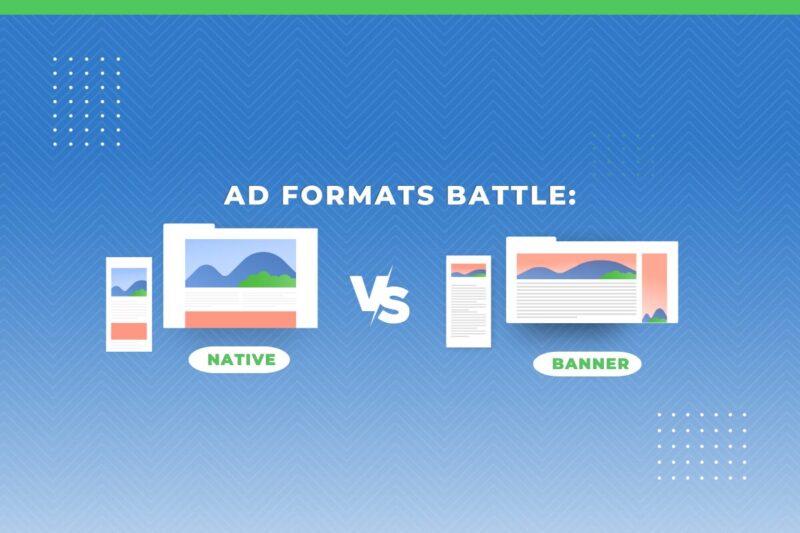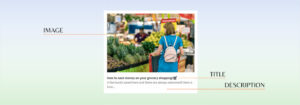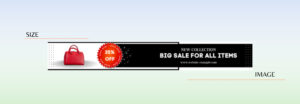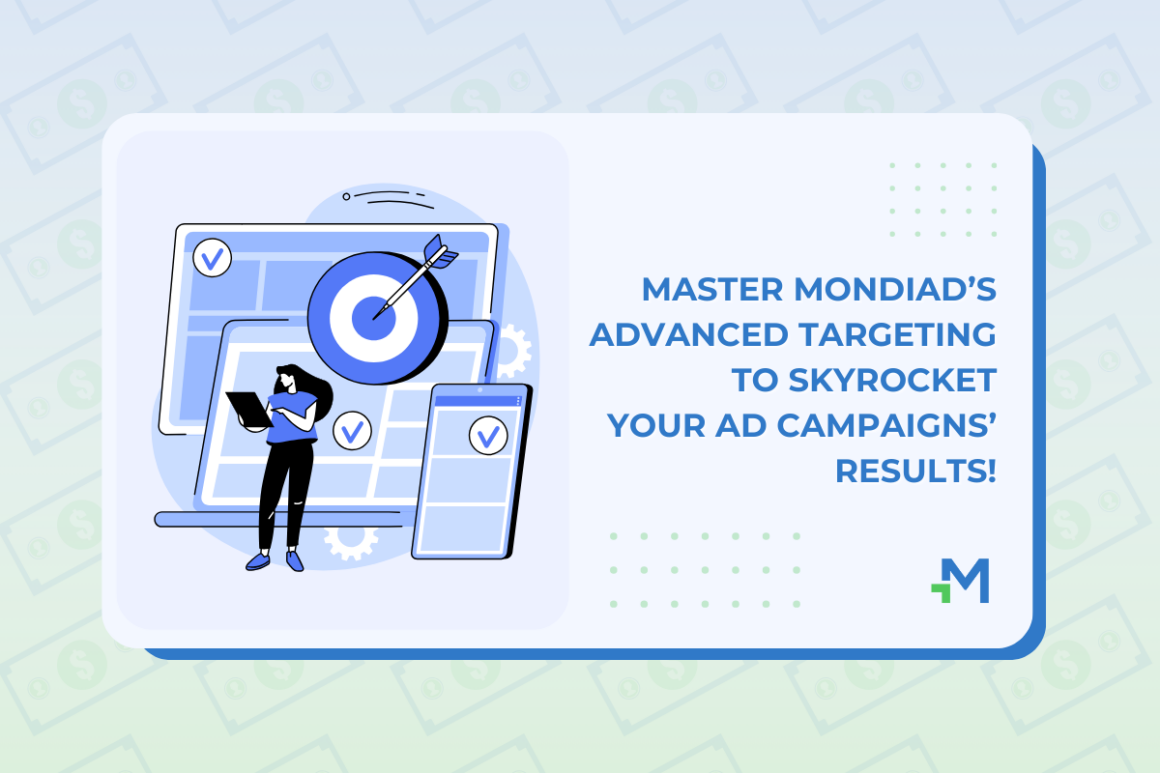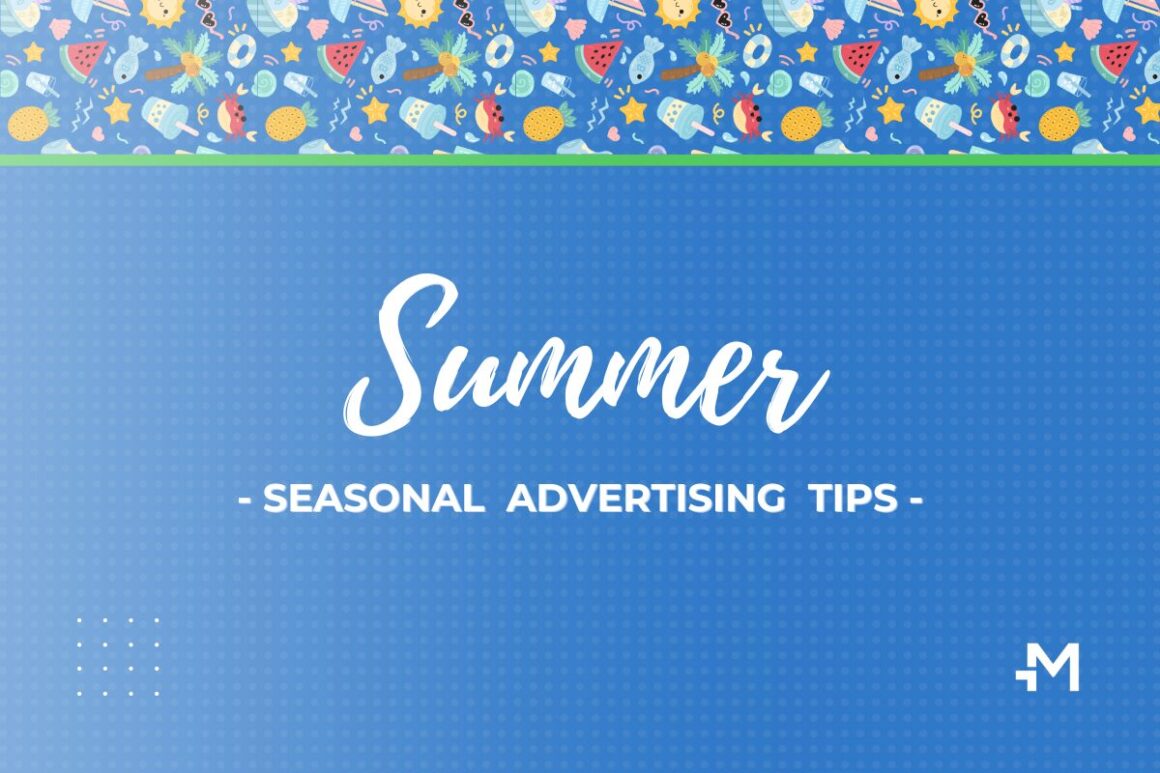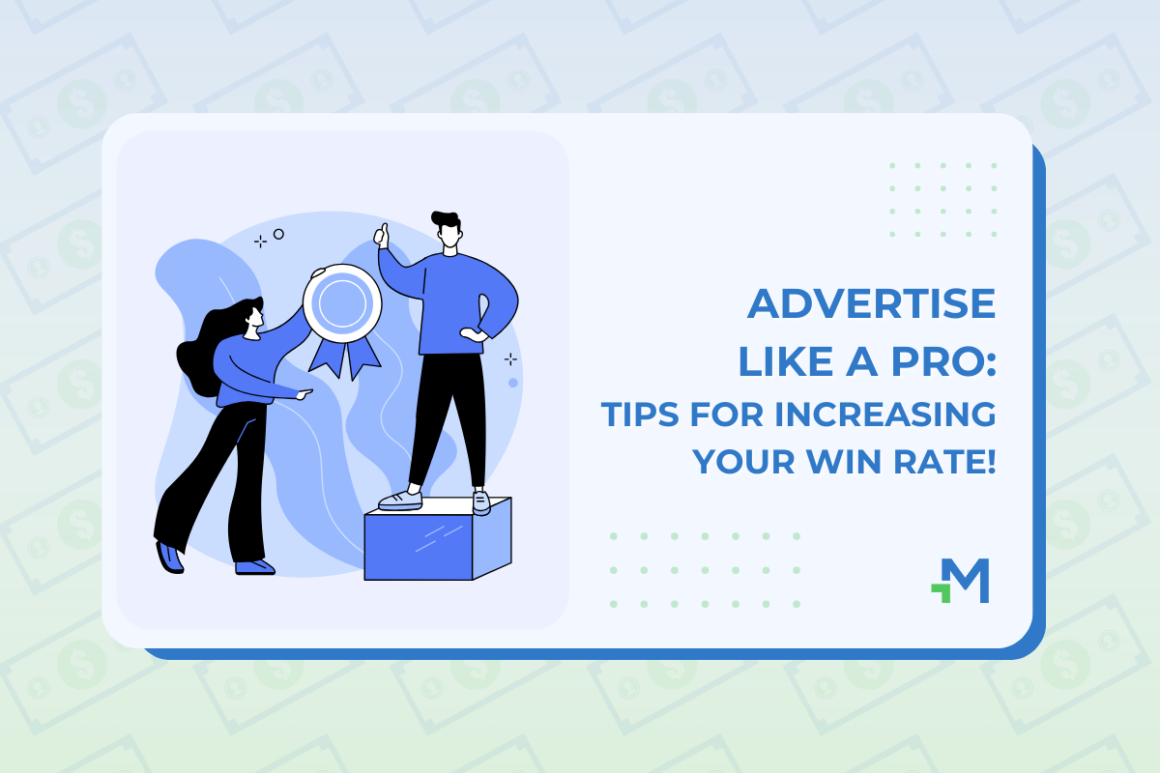What was first? The native or the banner ad? 🤔
If we come to think about it, native advertising existed in various forms before the internet came about, in newspapers, magazines, and sponsored content on radio or TV programs. It was only later on, once with the rise of the internet in the 90’s when banner advertising came along, introducing the hyperlink era we know today.
With time, digital advertising took many shapes and forms and became one of the most profitable endeavours for businesses on the web workspace. Through ads, brands can increase their visibility and drive sales. Affiliate marketers can make great profits by being the middleman in promoting products/services of other companies. And last but not least, webmasters have a unique method of monetization via renting their ad space.
All in all, digital advertising is continuously evolving and remains a vital aspect of modern marketing and revenue generation. But this dynamic has also created the paradox of choice. When there’s such a large variety of ad formats, what is the right one for you?
So let’s take it little by little and get back to our main topic: the battle between native and banner advertising. Keep reading so that you can make the right call by the end of this article.
Table of Contents
What’s the deal with native ads?
Native ads are more discreet, aligning very well with the organic content of that page. For this reason, they have the advantage of appearing more relevant for site visitors, leading to higher engagement and click-through rates. So we can say they benefit all parties involved: viewers, publishers, and advertisers.
Marketers generally make use of native advertising to tell stories, usually a brand story or to highlight the positive impacts of the said brand/offer. 📖
Having this narrative side, when creating your native ads it is best to appeal to emotions and address the reader directly. Make the reader understand and vie for what’s in it for him if he clicks on the ad.
What about banner advertising?
Compared to natives, banners are more flashy and direct. As their name implies, banners are rectangular in shape and come in various sizes. This versatility combined with different possibilities of ad placements enhances their effectiveness in driving attention to them.
 Since banners scream “This is an advertisement”, when it comes to design, the visuals are very important. 🎨
Since banners scream “This is an advertisement”, when it comes to design, the visuals are very important. 🎨
For the imagery, of course, you’ll want to draw readers’ attention via bright colour contrasts and clear images, both in terms of image quality and message.
The size and the placement of the banner is also key to consider when crafting the ad creative since how you display the visual elements also impacts the results.
And lastly, a call to action must not be missed since you want the ad readers to click on your ad. Tell them from the start what to do. Address your target audience with the exact action you wish they perform be it “try now”, “book a meeting” or “download a sample”.
Key differences in native vs. banner advertising:
|
Native Ads |
Banner Ads |
|
| Format | Composed of text and images that are more discreet. | Are meant to stand out, and it’s clear they are promoting something. |
| placement | They fit the style and format of the surrounding content. | They are placed in high-traffic locations, usually at the top or bottom of a website or vertically, along the side of a website. |
| Utility | A great for conveying educational information or news to the target audience. | A great choice for raising awareness and driving sales for products or services. |
| Targeting | More effective on mobile. | More effective on desktop. |
| Effectiveness | Higher click-through rates for increased user credibility but can create confusion since not all users realize they are reading sponsored content. | Lower click-through rates due to users being accustomed to seeing banners and tend to ignore them(ad blindness). |
| Pricing | Native ads might have higher bidding rates due to being to their higher engagement potential. | Banner pricing is more flexible. |
Final remarks
The choice between native vs banner ads should be based on your campaign goals, target audience, and the specific context in which you plan to run your ads. Both native and banner ads have their strengths and weaknesses, and they are suitable for different results.
Brand Awareness 👀
Native ads tend to provide a better user experience and can help create a positive association with your brand. They are particularly effective for storytelling and conveying your brand’s values and personality.
Banner ads can also be used for brand awareness, but they tend to be more noticeable due to their design and placement. They work well in grabbing the viewers attention and making your brand memorable, however, they may be less effective in terms of engagement or conveying a deeper brand message.
Conversions 🖱️
While native ads are generally better suited for brand awareness, they can still be used effectively for conversion-oriented campaigns. You can design native ads focusing on driving specific actions, such as clicks or sign-ups, however, conversion rates may not be as high as with other ad formats specifically designed for conversions.
Banner ads are often a preferred choice for conversion-focused campaigns. They are typically more direct and attention-grabbing, making them suitable for driving actions like clicks, downloads, or purchases. Banner ads often include clear call-to-action buttons that encourage users to take immediate steps.
Ultimately, there is no official law that requires you to choose one or the other so make sure you explore your options and track your results to end up with the best results.
Do you fancy this battle of the ads type of blog post?
Then you must check out our classic vs in-page push advertising article to discover the uniqueness of each ad format and better understand how to use each in your ad campaigns.
And last but definitely not least, get on with your native or banner advertising via Mondiad! We got all the tools you need to take your ads worldwide or simply turn your website into money in just a few clicks!


